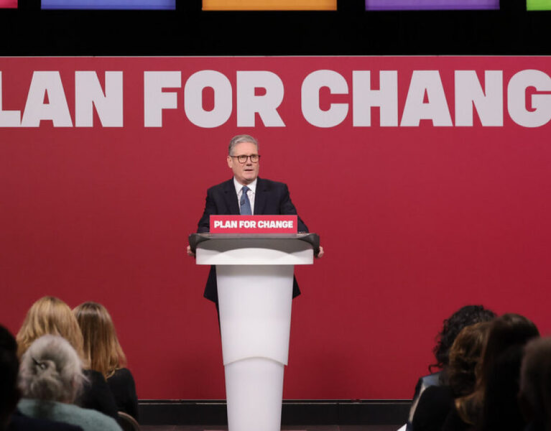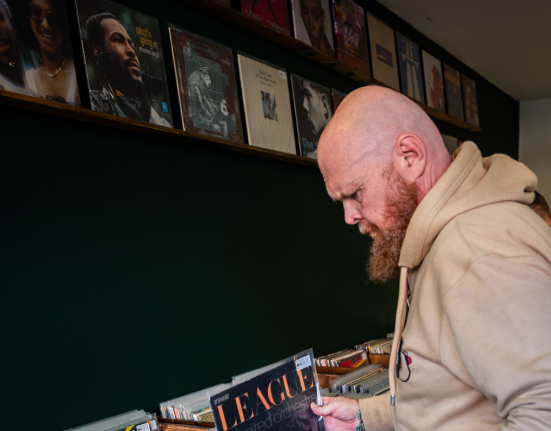By Josh Moreton
This isn’t just about defence budgets or military strategy – it’s about influence, perception, and the shifting tectonics of global power. Europe’s military heavyweights – Britain, France, Germany, and the Nordics – are quietly sketching out a future where they no longer depend on the United States as their security safety net.
The unspoken truth? Washington is pulling back. The U.S. remains NATO’s anchor, but its strategic focus is shifting. As American attention drifts towards the Indo-Pacific, European leaders are realising they need to step up – not just to ensure military readiness, but to command respect on the world stage. The era of European military complacency is over.
The optics of strength
In the theatre of power, presence matters. For decades, the sheer weight of American military infrastructure in Europe – from nuclear deterrence to air bases and rapid response capabilities – has allowed European capitals to operate with a degree of strategic comfort. But as Washington recalibrates its priorities, the burden of deterrence is tilting towards Europe.
This is about more than just logistics. It’s about narrative control. Defence is as much a story as it is an arsenal, and right now, Europe is crafting a new plotline: one where it takes on more responsibility, builds its own deterrence capabilities, and proves that NATO’s European pillar isn’t just an appendage of American power – it’s a force in its own right.
The message is clear: Europe isn’t preparing for life without the U.S., but it is preparing for a NATO where America plays a different role – still engaged, still critical, but no longer the automatic first responder to every crisis.
Walking the tightrope
But this is where strategy meets risk. Move too slowly, and Europe remains trapped in a cycle of dependence, always waiting for Washington to set the tempo. Move too fast, and it risks exposing weaknesses before its military muscle is fully developed.
Some capitals are hesitant, fearing that pushing for greater autonomy could inadvertently accelerate American disengagement. Others are embracing the shift, recognising that the more Europe invests in its own security, the more leverage it has in shaping NATO’s future.
This is a delicate balancing act – one that requires diplomatic finesse, sustained investment, and a careful public relations strategy.
Rewriting NATO’s narrative
European leaders are already testing the waters. The UK and France have led military initiatives in Ukraine without waiting for Washington’s nod. Germany is rearming at a pace unseen in decades. The Nordics, long used to strategic caution, are now among the most vocal advocates of stronger European defence capabilities.
This isn’t just policy – it’s positioning. Every step is designed to project confidence and capability, to reinforce the idea that NATO isn’t just an American-led alliance, but a partnership where Europe pulls its weight.
But there’s still an elephant in the room: NATO’s entire structure – from its command hierarchy to its nuclear umbrella – has been built around U.S. leadership. Rebalancing that equation isn’t just about money or equipment. It’s about credibility. Can Europe convince itself, let alone the world, that it’s ready to lead?
The future of European defence
What’s next? A sustained push to solidify Europe’s role as NATO’s central force. Expect a flood of defence commitments, public declarations of military readiness, and behind-the-scenes dealmaking aimed at cementing Europe’s new position.
This is about more than military budgets. It’s about reputation, strategy, and the psychology of power. Europe doesn’t just need to build its forces – it needs to be seen as capable, independent, and prepared to take the lead.
The script is changing. The old order is evolving. And in the high-stakes arena of global security, perception is just as powerful as reality.







